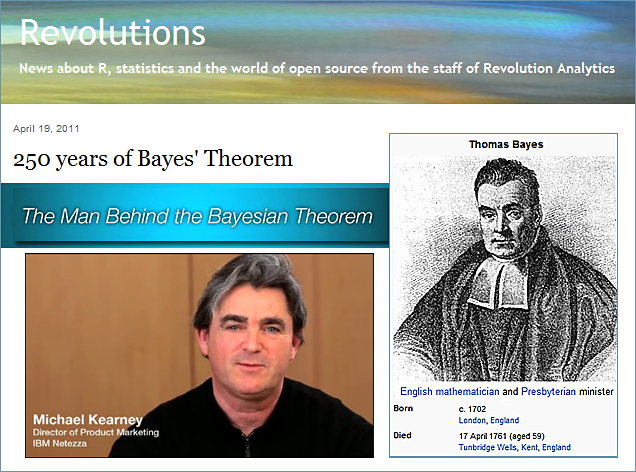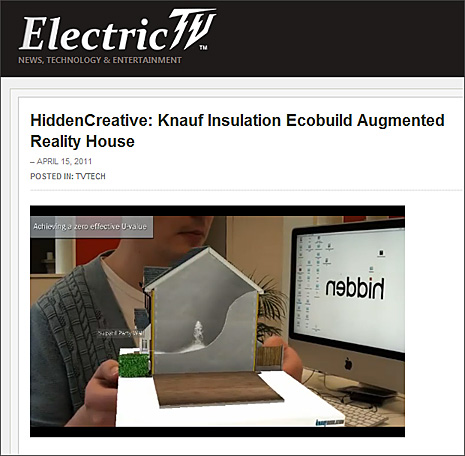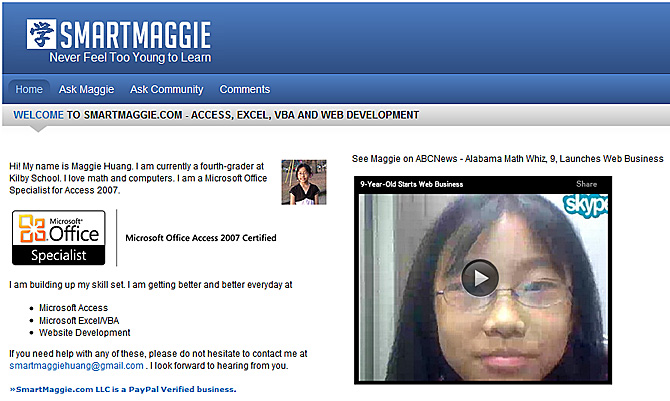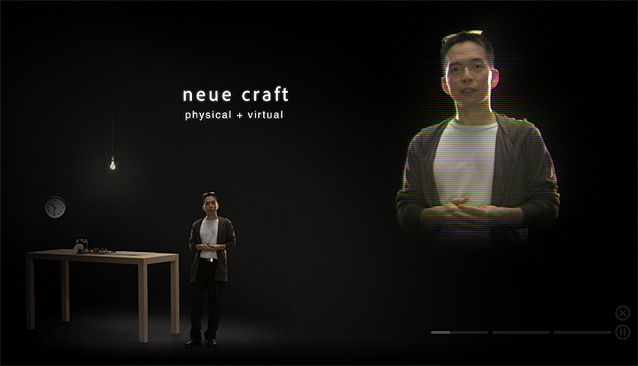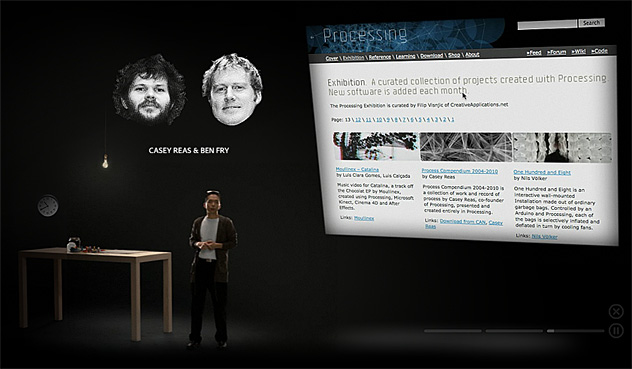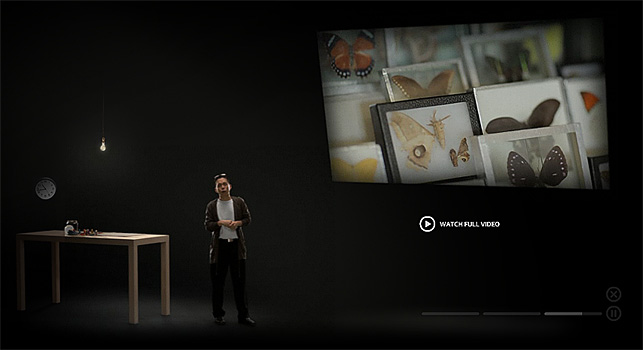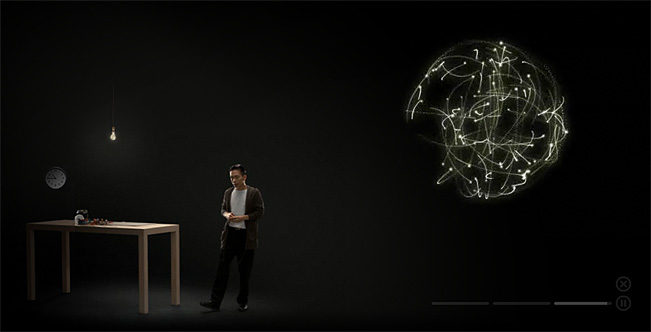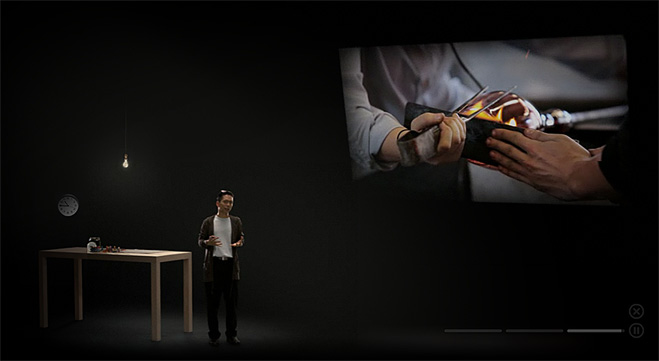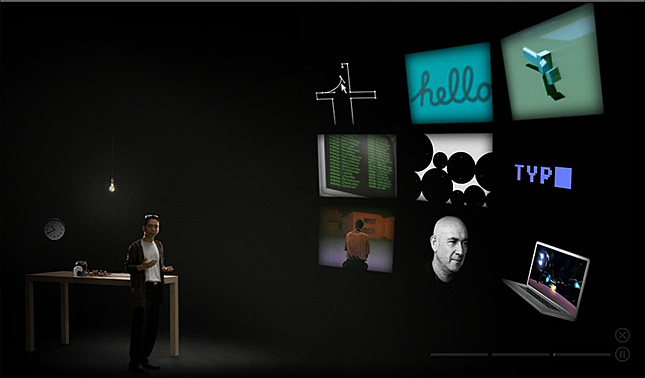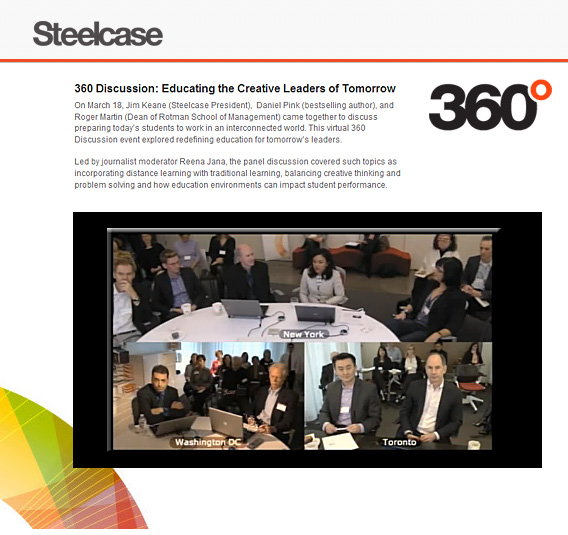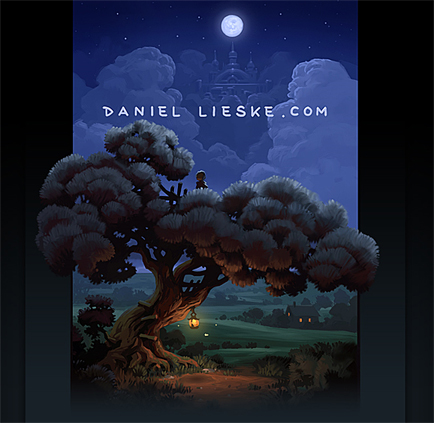About the mural:
“The Resurrection” is a 12’ x 40’ mural, oil on canvas. It is a depiction of the moment of Jesus emerging from the tomb, with waiting angels, fainted roman guards, and a crowd of Biblical notables excitedly waiting for His exit. They include, on right of Christ, Moses, David, Isaiah & Abraham. On the left of Christ are, Elijah, Noah, Esther, John the Baptist & Daniel. These are part of the ones referred to in Hebrews 12:1 as “the great cloud of witnesses.” On the upper right of the painting is the remnants of the place Jesus was earlier crucified, namely Mt. Calvary, also known as Golgotha, the place of the skull.
What happened after the Resurrection? — from Bible Gateway Blog
Christians around the world have spent a lot of time over the last few weeks pondering the Gospel accounts of Jesus’ death and resurrection (and here at the Bible Gateway blog, we spent plenty of time discussing them too). During Easter week, we read the familiar stories of the Triumphal Entry, the Last Supper, the crucifixion… and then with the Resurrection on Easter Sunday, the story ends. Right?
Not quite. While the Gospels of Matthew and Mark end shortly after the Resurrection, Luke and John provide extra detail about what Jesus did during the time between his resurrection and his ascent into heaven. If your Gospel reading stopped at the Resurrection, you’re missing out on several interesting stories…










